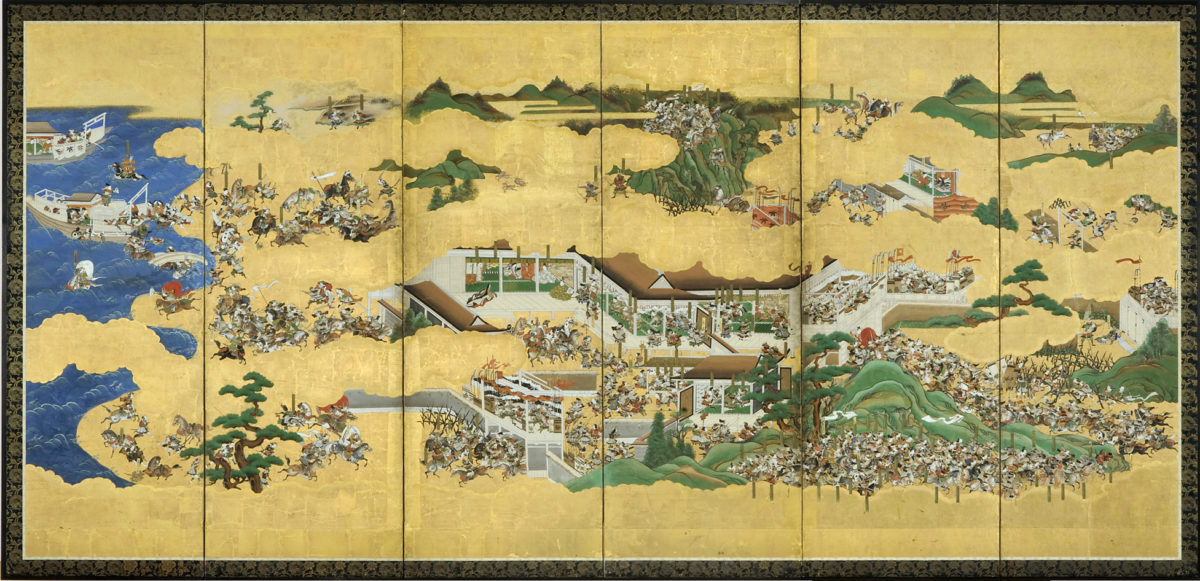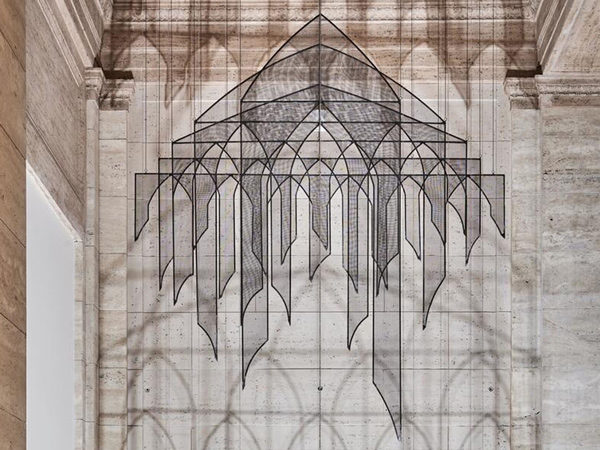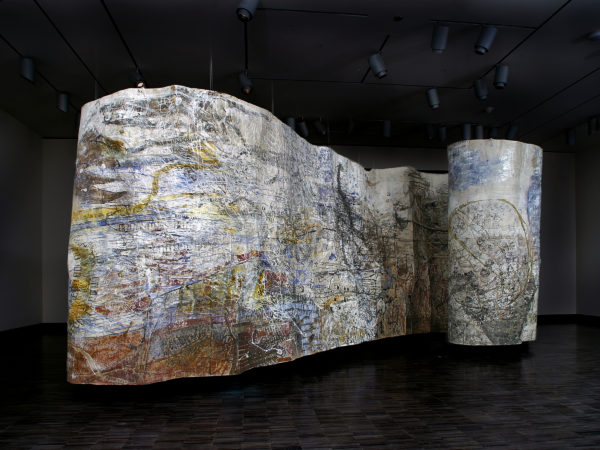Grade 7 Common Core and Content Standards: HSS 7.5.3 Describe the values, social customs, and traditions prescribed by the lord-vassal system consisting of shogun, daimyo, and samurai and the lasting influence of the warrior code in the twentieth century. HI: Students explain the central issues and problems from the past, placing people and events in a matrix of time and place. RH.6-8.2. Determine the central ideas or information of a primary or secondary source; provide an accurate summary of the source distinct from prior knowledge or opinions. RH.6-8.7. Integrate visual information with other information in print and digital texts.
Materials
Student Handout: Hierarchy of a Warrior Government
Artwork: Battles at Ichi-no-tani and Yashima
Large Post-it Notes (2 different colors)
Pencils and paper
Vocabulary
- bushido: a feudal-military Japanese code of behavior valuing honor above life (Merriam-Webster Dictionary, 2012).
- jito: person appointed by warrior government to police and defend an estate.
Procedure
- Prompt: What words would you use to describe a samurai warrior? Where did you get your ideas about samurai? (ie. video games, movies). Compare those ideas with the definition of bushido. Show the Hierarchy of a Warrior Government and discuss the relationship between the shogun, daimyo, and samurai.
- As a class, read three excerpts from different codes and provide examples of a warrior’s responsibilities during each time.
- Distribute two large Post-it Notes to each student (preferably two different colors). Prompt: Which code compares most closely with the modern definition of bushido? Why?
- Organize the Post-it Notes into the three categories: Kamakura, Muromachi, Edo. Discuss responses.
- As a class, look at the screen painting, the Battles at Ichi-no-tani and Yashima, from The Tale of the Heike. Ask students to describe what they see.
- On the second set of Post-it Notes, respond: Which code you think most closely matches the screen painting? Why? Add the Post-it Notes to your existing organization. Discuss responses.
- Point out that the actual events on which the Tale of the Heike is based are from the end of the Heian/early Kamakura period. The stories were passed down orally by storytellers until it was written down around the time of the Muromachi period, but that this painting is from the Edo period.
- Discuss: What other war tales do you know of that are still popular today? Why do you think war tales like this one are popular subjects for art?
- Analyze and write: How has your knowledge and understanding of the samurai during the medieval period changed?
Extension
Find a contemporary example where war and fighting are idealized? Who is the author or publisher of this example? Then, write a short letter home from the perspective of one of the people in your example. Share or create a gallery walk.








